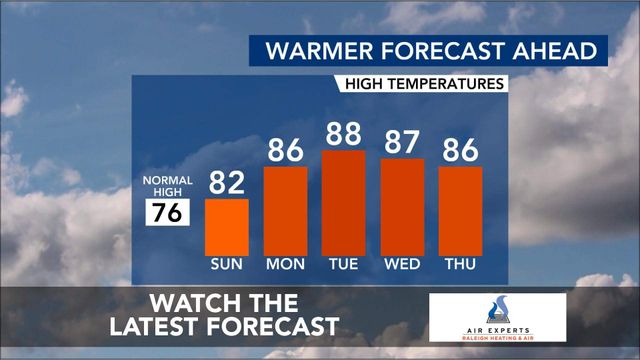Look up tonight! First of two August supermoons rises Tuesday evening

The best place to see Tuesday's supermoon is right outside your front door.
The Moon reaches full phase at 2:31 p.m. on Tuesday. A little more than 11 hours later it reaches perigee, the point in the Moon's not-so-circular orbit which is closest to Earth. That's good enough for a supermoon label.
Tonight's supermoon will be visible anywhere you can see the Moon. The best place to view it is wherever you are. Unlike other astronomy events, you don't need to travel to a darker site or find a location with an uncluttered horizon. The eastern horizon right outside your front door is actually best.
This is because the best time to view it is around moonrise shortly, shortly around 9 p.m. The Moon will look its biggest and brightest near the horizon and smaller and higher in the sky because of the moon illusion. This is because your brain has the familiar trees and buildings along the horizon to compare the Moon to.
High in the sky, all your brain has to go on is a scattering of stars against a black background.
The Moon isn't really that much bigger, but it will appear noticeably brighter. Forecasted clear skies should help as well.

While admiring the supermoon, turn around and look to the northeast horizon. The International Space Station will rise above the horizon beginning at 9:02 p.m. and brightly move overhead before dimming as it disappears into Earth's shadow six minutes later.
You can also look to the northeast for a launch from the Wallops Flight Facility in Virginia at 8:31 p.m. It will be hidden by the curvature of the Earth for about 2 minutes, then appear low on the eastern horizon.
Full moons at the apposite point, or apogee, get a mini or micro-moon label and not nearly as much interest. The measurable effect a closer full moon has on the tides has long been known to mariners, but the supermoon label is one first mentioned in an astrology magazine seen at the supermarket checkouts of the late 1970s.
Its author was using a paper by a NOAA hydrologist on the very real higher perigean spring tides to argue for not-very-real predictions for earthquakes.
29.5 days later, the Moon will be full again. The second full moon in a calendar month is known as a blue moon. This full moon will also be sufficiently close to perigee to be called a super blue moon. Blue moons are rare, so super blue moons must be really rare right? More on that later.










